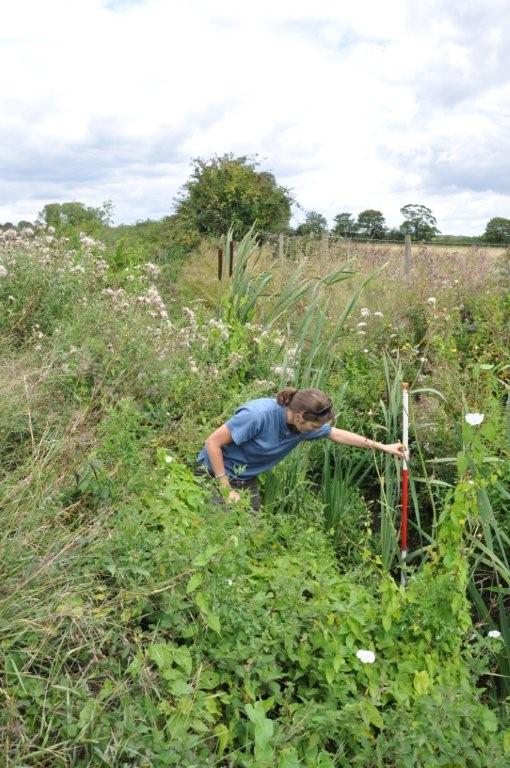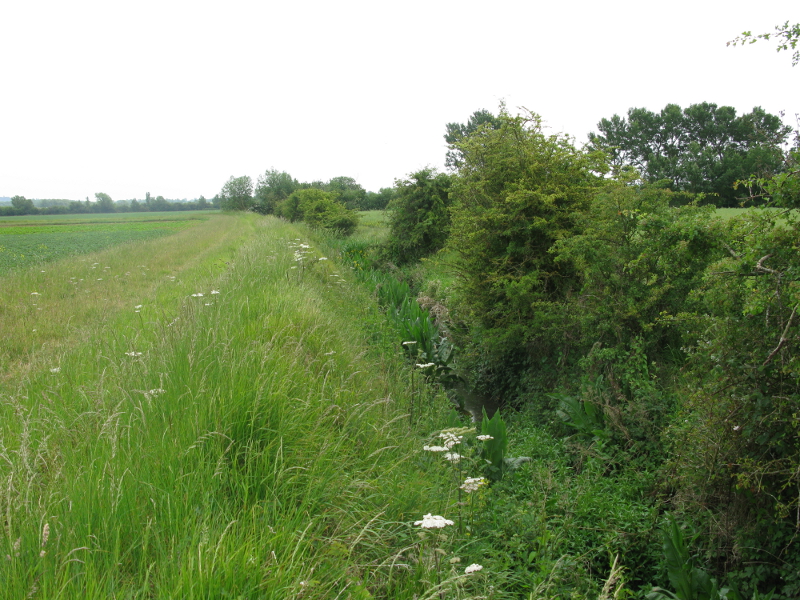News
As dull as ditch-water you might think, but David Macdonald explains how the WildCRU team, led by Drs Ros Shaw and Ruth Feber, discovered that ditch-water is not dull at all
Few people get excited by the small, temporary ditches in agricultural land, sometimes dry and sometimes wet. But these are the vascular system of farmland, the first collection point of water draining from agricultural fields sometimes laden with agro-chemicals. Ditches are conduits for water, preventing fields becoming waterlogged fields, collecting points for pollutants and sediments and a reserve of biodiversity. The WildCRU team has just published its findings in PLOS One: http://journals.plos.org/plosone/article?id=10.1371/journal.pone.0138306.
They found that the deeper ditches, with lower shade levels had a greater diversity of plants and invertebrates. Further, the presence of pollution-sensitive mayflies, stoneflies and caddisflies was related to the time since the diches were last dredged (and how long it had been there). Permanently wet ditches had an increase in the number of pollution-sensitive groups with time since dredging but temporary ditches showed an opposite effect.
Unfortunately whether or not the land was part of an agri-environment scheme had little impact on the creatures in these ditches. It seems, therefore, that we are missing a management trick for these smaller ubiquitous ditches: their wildlife potential could be improved using simple measures to increase the depth of water and reduce the amount of shade, with benefits not only for biodiversity, but to the farmer and wider society through reducing the amount of sediments and pollutants released into the wider water system.







